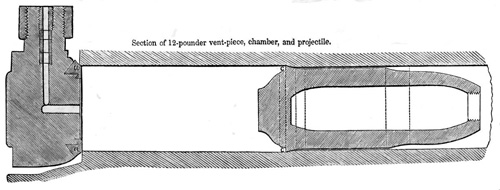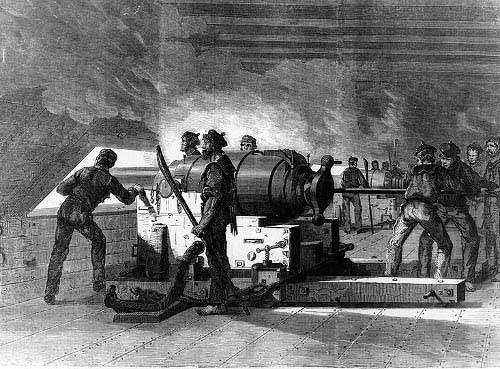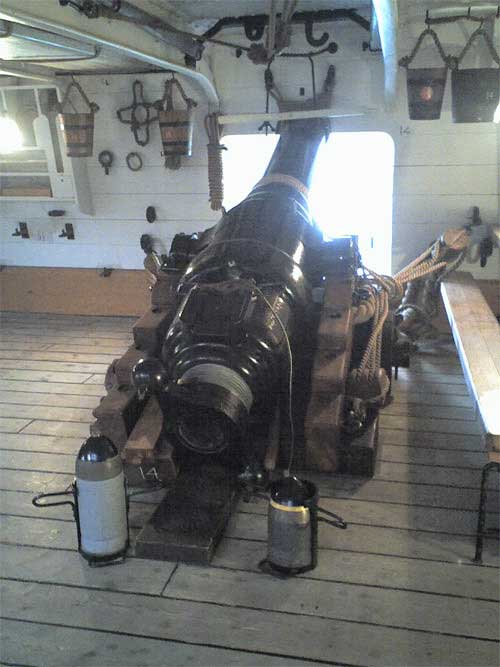During the early parts of the nineteenth century, muzzle loading cast iron guns ruled the waves and the shore. It's shortcomings were evident, speed of reloading, exposure of the gun crew to enemy fire, sealing problems with ramming a shell down the barrel, and even the huge turrets required by the navies of the world to retract and reload a muzzle loading big gun.
All the industrialized countries were working on solutions. Breechloading was that solution. If the gun could be loaded from the rear, the shell could be big enough to fill the rifling, sealing the barrel end. The crew could be safely behind the gun to load it, and the turrets of navy ships could be made smaller.
One of the biggest problems faced was that of obturation, or sealing the breech end from escaping gases. In order to propel the shell down the barrel, all the gas was needed for good performance. Also, hot gases escaping at the breech end would not only menace the guncrew, but also erode or damage the breech gear.
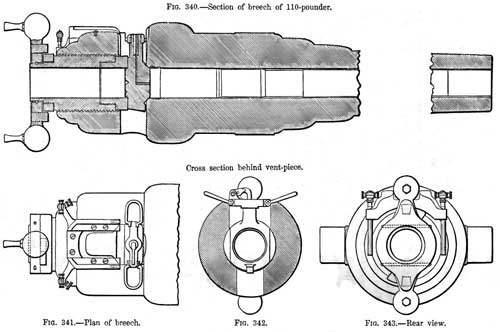
Armstrong's first try at building breechloading guns in 1859, though successful to a degree, were less than ideal. His breech did work successfully on field guns up to about a 12 pounder. The breeching system consisted of a removable vent piece which was placed between a screw mechanism and the barrel. The vent piece had a copper ring around it's circumference that matched a copper bushing in the rear of the barrel. The screw was hollow, so that you could load the gun through it, then from the top slide the vent piece in behing the load which then was screwed tight from the rear, compressing the copper ring and bush together to seal the breech. The vent piece had a hollow stem to accept a friction primer or to fill with black powder to fire the bigger guns.
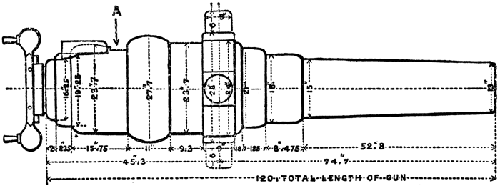
The problem with this breech in bigger guns was the vent piece was too heavy to lift in and out. Couple this with gunners unused to modern mechanisms and their needs, and a less than interested officer corps who failed to train their men in the proper care and feeding of these guns. They would rust up due to lack of cleaning and oiling, which you didn't really have to do to a muzzle loading gun. The big guns (100 pounders) were used in the Orient, and a few vent pieces blew out of the guns, to the detriment of the morale of the gun crews. It is unknown why they blew out, but the guns were undamaged and back in action in a short time with their spare vent pieces. In the end, with proper training, the field guns performed well, the big guns reverted to muzzle loading for a time.
